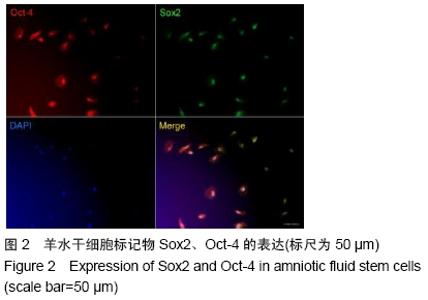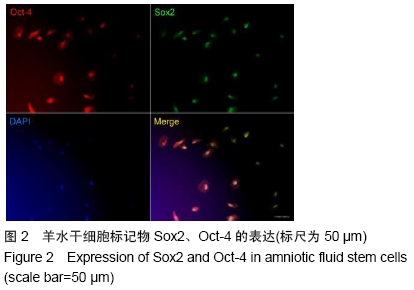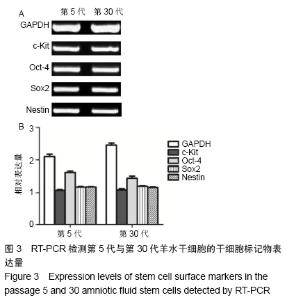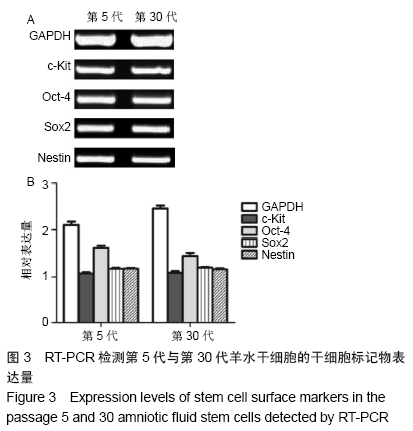[1] BAS E, VAN DE WATER TR, LUMBRERAS V, et al. Adult human nasal mesenchymal-like stem cells restore cochlear spiral ganglion neurons after experimental lesion. Stem Cells Dev. 2014;23(5):502-514.
[2] CHEN W, JONGKAMONWIWAT N, ABBAS L, et al. Restoration of auditory evoked responses by human ES-cell-derived otic progenitors. Nature. 2012;490(7419):278-282.
[3] PANDIT SR, SULLIVAN JM, EGGER V, et al. Functional effects of adult human olfactory stem cells on early-onset sensorineural hearing loss. Stem Cells. 2011;29(4):670-677.
[4] ALHATTAB D, JAMALI F, ALI D, et al. An insight into the whole transcriptome profile of four tissue-specific human mesenchymal stem cells. Regen Med. 2019;14(9):841-865.
[5] JIANG B, YAN L, WANG X, et al. Concise Review: Mesenchymal Stem Cells Derived from Human Pluripotent Cells, an Unlimited and Quality-Controllable Source for Therapeutic Applications. Stem Cells. 2019;37(5):572-581.
[6] XU J. Therapeutic Applications of Mesenchymal Stem Cells for Systemic Lupus Erythematosus. Adv Exp Med Biol. 2018;1089:73-85.
[7] GUTIÉRREZ-FERNÁNDEZ M, OTERO-ORTEGA L, RAMOS-CEJUDO J, et al. Adipose tissue-derived mesenchymal stem cells as a strategy to improve recovery after stroke. Expert Opin Biol Ther. 2015;15(6): 873-881.
[8] BAIN G, KITCHENS D, YAO M, et al. Embryonic stem cells express neuronal properties in vitro. Dev Biol. 1995;168(2):342-357.
[9] OKABE S, FORSBERG-NILSSON K, SPIRO AC, et al. Development of neuronal precursor cells and functional postmitotic neurons from embryonic stem cells in vitro. Mech Dev. 1996;59(1):89-102.
[10] DE COPPI P, BARTSCH G JR, SIDDIQUI MM, et al. Isolation of amniotic stem cell lines with potential for therapy. Nat Biotechnol. 2007;25(1): 100-106.
[11] MCLAUGHLIN D, TSIRIMONAKI E, VALLIANATOS G, et al. Stable expression of a neuronal dopaminergic progenitor phenotype in cell lines derived from human amniotic fluid cells. J Neurosci Res. 2006;83(7): 1190-1200.
[12] FAUZA D. Amniotic fluid and placental stem cells. Best Pract Res Clin Obstet Gynaecol. 2004;18(6):877-891.
[13] IN 'T ANKER PS, SCHERJON SA, KLEIJBURG-VAN DER KEUR C, et al. Amniotic fluid as a novel source of mesenchymal stem cells for therapeutic transplantation. Blood. 2003;102(4):1548-1549.
[14] PRUSA AR, HENGSTSCHLAGER M. Amniotic fluid cells and human stem cell research: a new connection. Med Sci Monit. 2002;8(11): RA253-257.
[15] ZONG L, CHEN K, ZHOU W, et al. Inner ear stem cells derived feeder layer promote directional differentiation of amniotic fluid stem cells into functional neurons. Hear Res. 2014;316:57-64.
[16] TSAI MS, LEE JL, CHANG YJ, et al. Isolation of human multipotent mesenchymal stem cells from second-trimester amniotic fluid using a novel two-stage culture protocol. Hum Reprod. 2004;19(6):1450-1456.
[17] DONALDSON AE, CAI J, YANG M, et al. Human amniotic fluid stem cells do not differentiate into dopamine neurons in vitro or after transplantation in vivo. Stem Cells Dev. 2009;18(7):1003-1012.
[18] ZHANG M, MA Q, HU H, et al. Stem cell factor/c-kit signaling enhances invasion of pancreatic cancer cells via HIF-1α under normoxic condition. Cancer Lett. 2011;303(2):108-117.
[19] VALLI A, ROSNER M, FUCHS C, et al. Embryoid body formation of human amniotic fluid stem cells depends on mTOR. Oncogene. 2010;29(7):966-977.
[20] 张胜利, 范应中. Transwell 3-D联合共培养促使人羊水克隆样细胞来源干细胞向肝样细胞分化的研究[J].中华实验外科杂志, 2015,32(6):1323-1328.
[21] 张胜利, 范应中. 人羊水克隆样细胞来源干细胞用于侧脑室损伤动物模型细胞治疗的研究[J].中华实验外科杂志, 2017,34(8):1336-1338.
[22] SANTOS D, GONZALEZ-PEREZ F, NAVARRO X, et al. Dose-Dependent Differential Effect of Neurotrophic Factors on In Vitro and In Vivo Regeneration of Motor and Sensory Neurons. Neural Plast. 2016;2016:4969523.
[23] PEVNY LH, NICOLIS SK. Sox2 roles in neural stem cells. Int J Biochem Cell Biol. 2010;42(3):421-424.
[24] FRAICHARD A, CHASSANDE O, BILBAUT G, et al. In vitro differentiation of embryonic stem cells into glial cells and functional neurons. J Cell Sci. 1995;108 ( Pt 10):3181-3188.
[25] KIM TS, NAKAGAWA T, KITA T, et al. Neural connections between embryonic stem cell-derived neurons and vestibular hair cells in vitro. Brain Res. 2005;1057(1-2):127-133.
[26] MOSCHIDOU D, MUKHERJEE S, BLUNDELL MP, et al. Valproic acid confers functional pluripotency to human amniotic fluid stem cells in a transgene-free approach. Mol Ther. 2012;20(10):1953-1967.
[27] CIPRIANI S, BONINI D, MARCHINA E, et al. Mesenchymal cells from human amniotic fluid survive and migrate after transplantation into adult rat brain. Cell Biol Int. 2007;31(8):845-850.
[28] KAKISHITA K, ELWAN MA, NAKAO N, et al. Human amniotic epithelial cells produce dopamine and survive after implantation into the striatum of a rat model of Parkinson's disease: a potential source of donor for transplantation therapy. Exp Neurol. 2000;165(1):27-34.
[29] PAN HC, CHIN CS, YANG DY, et al. Human amniotic fluid mesenchymal stem cells in combination with hyperbaric oxygen augment peripheral nerve regeneration. Neurochem Res. 2009;34(7):1304-1316.
|

















